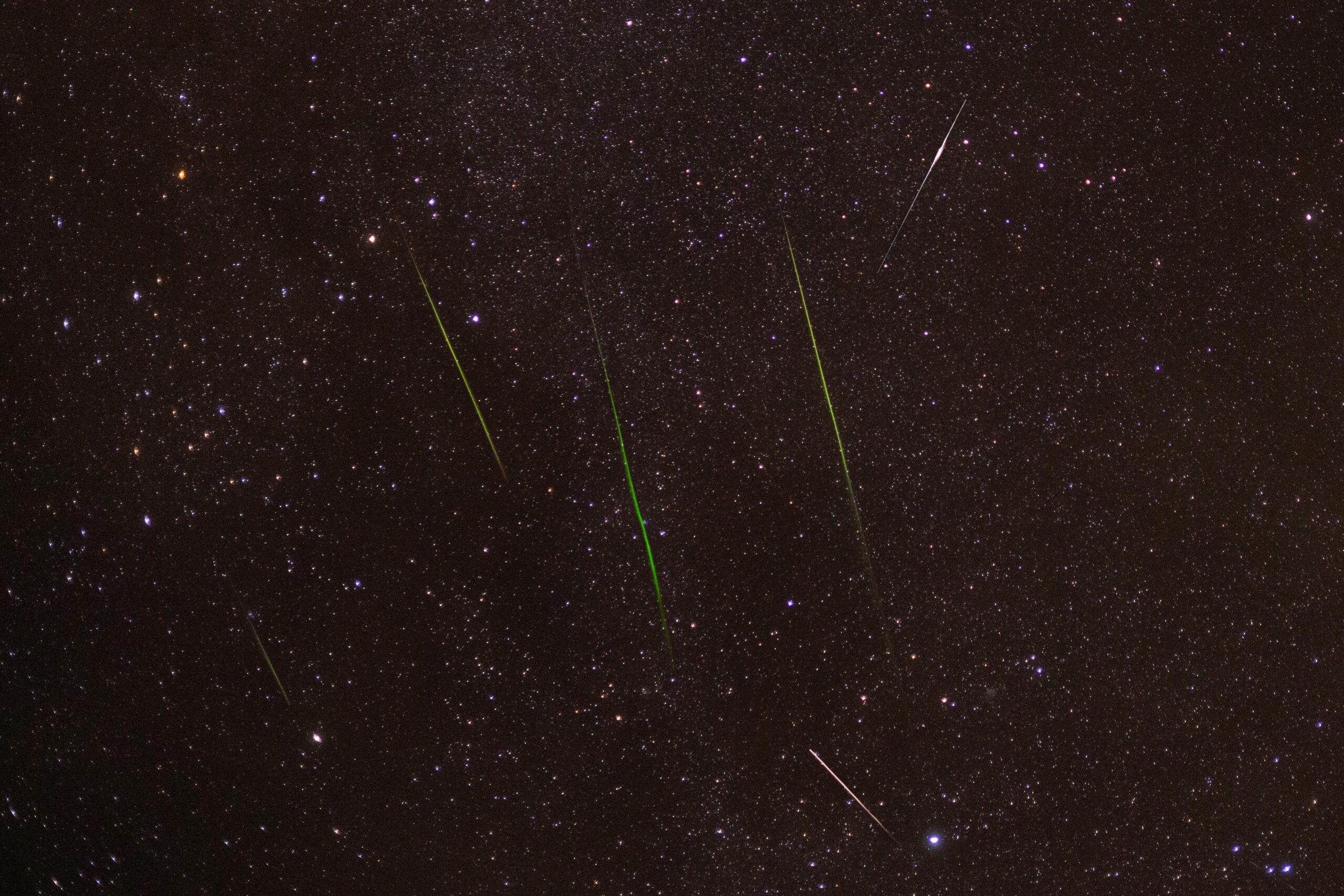Southern Delta Aquariids and Alpha Capricornids Peak in Late July
On the night of July 29 into July 30, two lesser-known meteor showers — the Southern Delta Aquariids and the Alpha Capricornids — will reach their peak. Due to a waning moon at just 25% illumination, visibility conditions will be more favorable than during the well-known Perseid meteor shower, expected to peak on August 12, when the moon will be nearly full.
Why This Week Offers Better Conditions
With reduced moonlight this week, observers may see 20 to 30 meteors per hour, especially between midnight and dawn. In contrast, the brighter moon during the Perseids may hinder the view of fainter meteors.
Experts recommend seeking dark, unobstructed skies and avoiding artificial lights, including phone screens, to allow proper night vision — which can take 15 to 30 minutes to adjust.
Where and How to Watch
For the Southern Delta Aquariids, viewers in North America should look toward the southern sky. Though the Alpha Capricornids are less frequent, they sometimes produce slow-moving fireballs, offering visually striking moments.
What to Expect for the Rest of the Season
Despite the challenging conditions for the Perseids this year, observers may still catch bright shooting stars. Looking ahead, astronomers forecast an intense outburst in 2026, with potentially hundreds of meteors per hour expected under a dark sky.



